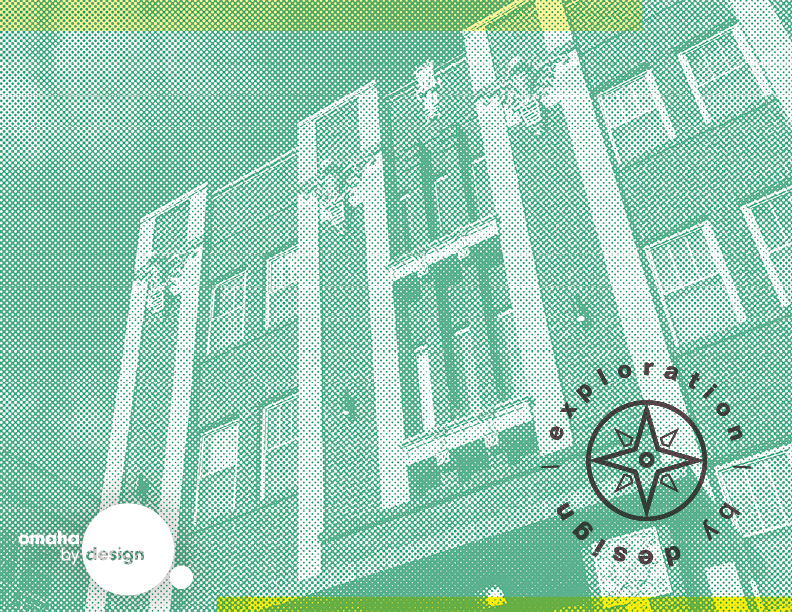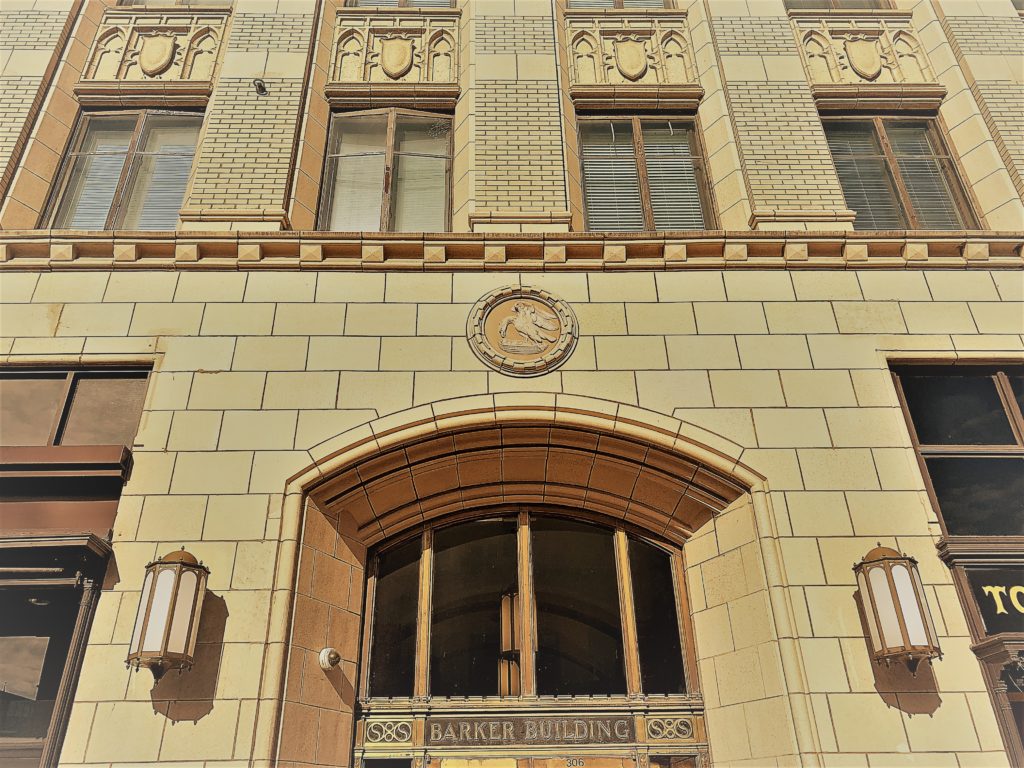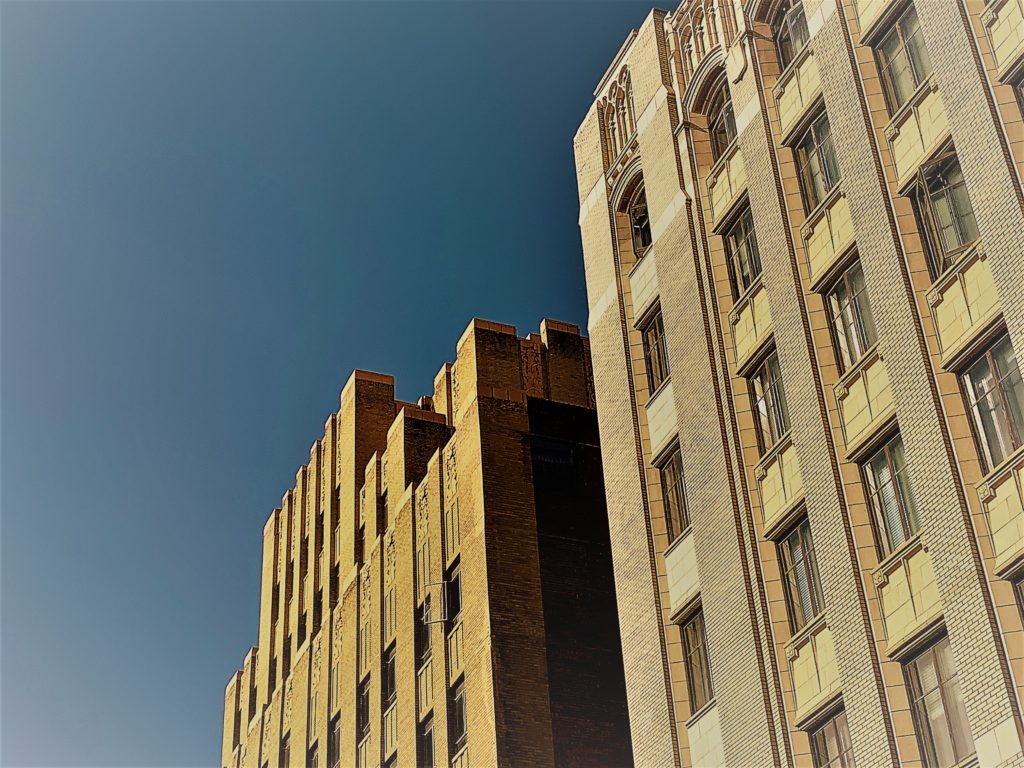20 from 20 in 20 | Exploration by Design

Calling all Urban Explorers!
Welcome to the first Exploration by Design Challenge! Each week for the next month, we’ll be coming to you with a curated invitation to safely explore and uncover our region’s hidden gems. These missions will challenge you to explore digital guideposts on a journey to discovering the physical elements that make the Greater Omaha Metro such a remarkable place.
Exploration by Design offers an outlet to continue learning about our region’s public spaces, art, architecture, and development – all while practicing safe social distancing. You can easily follow along from the comfort of your home. Or, you can choose to safely venture out, incorporating these challenges as a part of your mental and physical health breaks. Either way, we strongly urge you to adhere to the rules and recommendations set forth by local officials and public health agencies.
Even though we’ll be exploring separately, let’s learn together! We encourage you to share your discoveries on social media with #ExplorationByDesign.

With that, let’s kick things off by venturing back in time – 100 years back, to be precise. To a decade bracketed by economic and geopolitical turbulence, but overflowing nonetheless with innovation, social progress, and a creative flourishing of the arts:
The 1920’s
Enter “the Twenties” into a search and you’ll be greeted with visions of the Roaring Twenties – a period that saw the widespread adoption of radio and the automobile, introduced wildly new social norms and fashions, and transformed American culture with modern forms of art and music – the Jazz Age. Everywhere was an exuberant embrace of new ideas. Whatever the contradictions and excesses of the time, the 1920’s were anything but quiet.
Of all the legacies of the 1920’s, among the most lasting is the decade’s inventive architecture and design. Pairing a booming post-war economy with advances in construction technology, architects captured the spirit of the age in their expressively modern additions to city skylines.
Here in the Omaha-Council Bluffs metro, we are fortunate to have many outstanding examples of the 1920’s – quite often hiding in plain sight! These architectural treasures range in influence from the low-rise Prairie Style, to the ornately detailed Neo-Gothic, exotic Moorish and Mission Styles, and ultimately the iconic Art Deco.
How many can you spot?
To put your Exploration skills to the test, we’ve surveyed across the metro to bring you TWENTY landmarked buildings from the TWENTIES – those protected by local landmark status, placed on the National Register of Historic Places, or both.
Now Presenting:
20 from ’20 in ’20
The first weekly challenge begins now. So start your search engines, snap your photos, and be sure to share as you tag @OmahaByDesign using the hashtag #ExplorationByDesign!
Can you uncover the identities of these hidden gems?
Expand the map for clues. And happy hunting!
#1
This secluded courtyard, designed to resemble the Palazzo del Bargello in Florence, is today a popular spot for weddings.
#2
Lavishly decorated with ‘atmospheric’ details such as a simulated night sky, complete with twinkling stars and drifting clouds, this architectural gem was forced to convert its lobby to miniature golf in an effort to attract enough customers to keep its doors open through the Great Depression.
#3
This unassuming second floor social hall introduced dozens of ground-breaking jazz and big band musicians to the region, including the likes of Duke Ellington, Count Basie, Louis Armstrong, Lionel Hampton and Nat King Cole.
#4
The physical center of an industry that once employed half of Omaha’s workforce, this multi-purpose building housed not only offices but a bakery, cafeteria, kitchen, soda fountain, cigar stand, telephone and telegraph offices, apartments and sleeping rooms, a clothing store, ballrooms and a convention hall.
#5
This stately commercial edifice is listed in the National Register of Historic Places for its contribution to the role of women in the medical profession.
#6
This popular performance space boasted of an innovative air conditioning system which sprayed water on the roof, cooling air in the roof cavity which then cycled to the main floor to keep guests comfortable.
Finally, we know there are many more stunning examples of the 1920’s spirit across the Omaha metro. Which would you add to the list?
